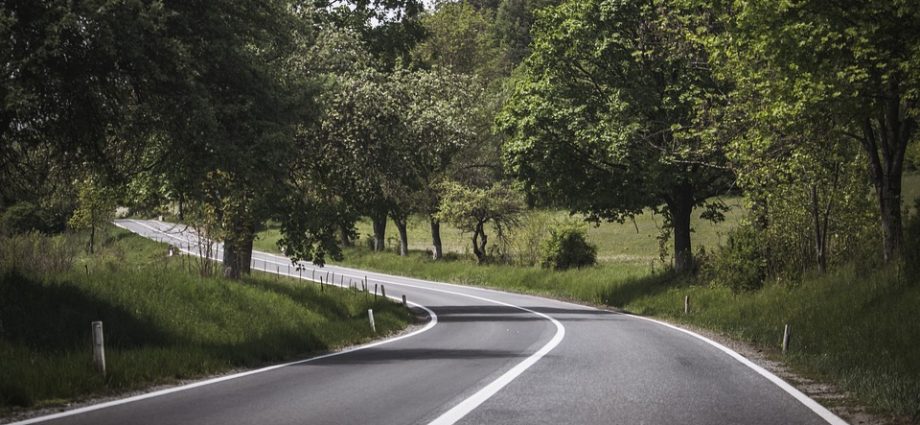Romania: A Gateway to Eastern Europe
Romania is one of Europe’s best-kept secrets, a land of stunning natural landscapes, vibrant cities, and a rich cultural heritage. Located in southeastern Europe, Romania is a gateway to Eastern Europe, with its borders connecting it to Moldova, Ukraine, Hungary, Serbia, and Bulgaria. From the stunning landscapes of Transylvania to the buzzing cities of Bucharest and Timișoara, Romania is a destination that should be on your travel list.
The country has a turbulent history, with various invasions by the Ottomans, Russians, and Hapsburgs. However, Romania has preserved its traditions and unique heritage despite years of occupation and experimentation. Rich in culture, the country boasts an array of museums, festivals, theaters, and concerts, giving visitors a glimpse of its history and traditions.
This travel article will take you on an exciting journey through Romania, highlighting everything from its cuisine, architecture, culture, traditions, and tourism.
Getting to Romania
Getting to Romania is easy, with most visitors flying in through Henri Coandă International Airport in Bucharest. The airport serves as the country’s primary gateway and connects Romania with prominent global cities. From the airport, visitors can take a taxi or use public transport to explore the city or other destinations in the country.
Visitors from within the European Union can enter Romania without a visa. However, visitors from outside the EU will need to check the visa requirements before travel.
Best time to Visit Romania
The best time to visit Romania is between May and September when the weather is mild. During this period, visitors can explore the country’s natural beauty without worrying about the harsh winter weather experienced between October and April.
Romania has a mountainous climate, with temperatures that vary depending on the altitude. In general, visitors can expect hot summers and cold winters, particularly in the Carpathian Mountains.
FAQs:
1. What is the official language spoken in Romania?
Romanian is the official language spoken in Romania. English is widely spoken in the country too, particularly in major cities and tourist destinations.
2. Is Romania a safe country to visit?
Yes. Romania is a safe country for visitors. However, visitors should be cautious of pickpockets and other petty crimes in major cities like Bucharest.
3. What is the currency used in Romania?
Romania’s official currency is the Romanian Lei.
4. What kind of food is typical in Romania?
Romanian cuisine is diverse, with traditional dishes like Sarmale (meat-filled cabbage rolls), Mici (grilled meatballs), and Tochitura (pork and sausage stew) being the most popular.
5. What are the must-see tourist attractions in Romania?
Romania has plenty of unique tourist attractions, including:
Top 10 Tourist Attractions in Romania
1. Dracula’s Castle – Bran Castle
Bran Castle is one of Romania’s most popular tourist attractions thanks to the connection with the famous Dracula legend. The castle is located near Brasov and is set in a beautiful landscape surrounded by lush Carpathian forests.
2. Black Sea Beaches – Mamaia
Mamaia is Romania’s premier seaside resort, situated in the north of Constanta. The resort is known for its stunning sandy beaches and turquoise waters, making it the ideal summer destination.
3. The Painted Monasteries of Bucovina
Located in Bukovina, Northern Romania, these monasteries are UNESCO World Heritage Sites. The monasteries are painted in vibrant colors and designs, reflecting the rich history and culture of the region.
4. The Transfagarasan Highway
The Transfagarasan Highway is a 90-kilometer road that cuts through the Fagaras Mountains in Transylvania. The road is considered one of the most beautiful in the world, offering breathtaking views of the natural landscape.
5. Peles Castle
Peles Castle is a Neo-Renaissance masterpiece located in the town of Sinaia. The castle was built in the 19th century and served as the residence of the Royal Family until 1947. The stunning castle is a must-see for tourists interested in architecture and history.
6. The Palace of Parliament
The Palace of Parliament is the world’s second-largest administrative building, located in Bucharest. The palace was built during the reign of Nicolae Ceausescu and features over a thousand rooms, making it one of Romania’s most iconic buildings.
7. Merry Cemetery – Sapanta
The Merry Cemetery is located in Sapanta and is a unique tourist attraction known for its colorful tombs and humorous epitaphs. The cemetery is considered one of the most unusual in the world, providing visitors with a different perspective on death and mourning.
8. The Danube Delta
The Danube Delta is a UNESCO World Heritage Site and is one of Europe’s last untouched landscapes. The delta is home to an array of flora and fauna, including rare species like pelicans, otters, and red-breasted geese.
9. Corvin Castle
Corvin Castle is a 14th-century castle located in Transylvania near Hunedoara. The castle is known for its Gothic architecture and rich history, providing visitors with an insight into Romania’s past.
10. Astra Museum of Traditional Folk Civilization
Astra Museum is located in Sibiu and is one of Europe’s most extensive open-air museums. It exhibits traditional rural life, with farmers’ homes, windmills, churches, and watermills representing Romania’s rich folklore.
Conclusion
Romania is an exciting destination that offers visitors an array of attractions and activities. From the castles of Transylvania to the Black Sea beaches of Mamaia, Romania has something for everyone. With its rich cultural heritage and stunning landscapes, Romania is a gateway to Eastern Europe, making it the perfect destination for your next vacation.
